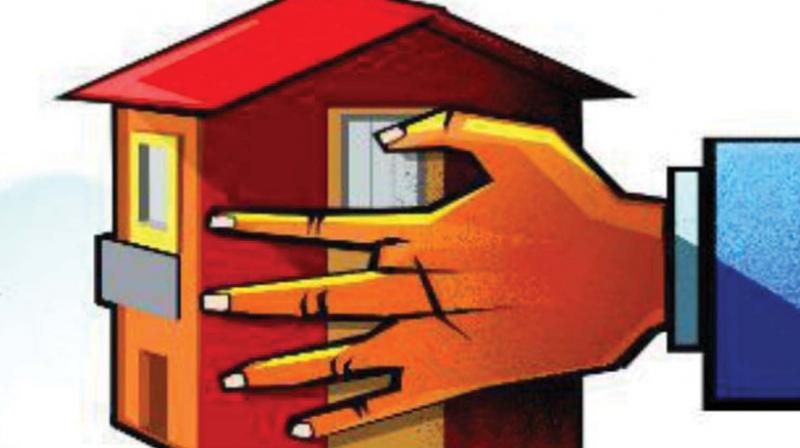Kerala: Property tax to be up by 25 percent in 5 years
Tax levied by panchayats & urban local bodies on buildings has not been touched for almost 2 decades.

THIRUVANANTHAPURAM: There will be an increase in property tax after two decades. The state government will either revise property tax by 5 percent every year or impose a cumulative 25 percent increase every five years. Property tax, which is a recurring tax levied by grama panchayats and urban local bodies on buildings and constitutes more than 50 percent of the total tax revenue of local bodies, has not been touched for almost two decades. The decision is based on the recommendation of the Fifth State Finance Commission (5th SFC).
In fact, the Kerala Panchayat Raj Act and Kerala Municipality Act were amended in 2013 to bring about a 25 percent increase in property tax every five years. But the UDF government, weighed down by the compulsions of electoral politics, rolled back the increase in 2014. The 5th SFC has now asked the LDF government to enforce the 2013 amendment. The manner of going about increasing the property tax but has not been finalised, whether it should be done every year or every five years. The state government says it will effect the increase annually, five percent every year. However, the 5th SFC has already conveyed to the state that yearly hikes were impractical.
“Increasing property tax is not something that can be done the way user fees are increased. Property is subject to constant changes. So re-assessing property tax is a laborious process, an exercise that would take more than a year. Doing this every year will be an unsustainable strain on human resources,” said Dr B. Alwin Prakash, the 5th SFC chairman. The parameters for assessing property tax, too, have to be fixed. Earlier, before the 2013 amendment, a multitude of factors – the rent potential of the building, the type of materials used for its construction, the quality of roads leading to it, its proximity to arterial roads – were taken into account before tax was assessed. After the 2013 amendment, property tax was assessed using the ‘plinth area’ method.
“This is both easier and more effective,” Dr Prakash said. He said that a number of local bodies had recorded 100 to 200 percent increase in property tax after re-assessment was carried out using the plinth method in 2013. But before they could collect the taxes, the UDF government had withdrawn the amended rules. An increase in property tax has become inevitable as the ‘own tax’ pool of local bodies have been shrinking sharply. The CAG report, which came out in 2015 (the year the 5th SFC report was submitted), had revealed that the percentage of ‘own revenue’ to total revenue of local bodies had been declining fast, from 12.80 percent in 2010-11 to 8.14 percent in 2014-15. ‘Own funds’ consists of tax (property tax, profession tax, entertainment tax, advertisement tax) and non-tax revenue (licence fee, registration fee).

